Cuttlefish Cuties: Photos of Color-Changing Cephalopods
Can you see me?
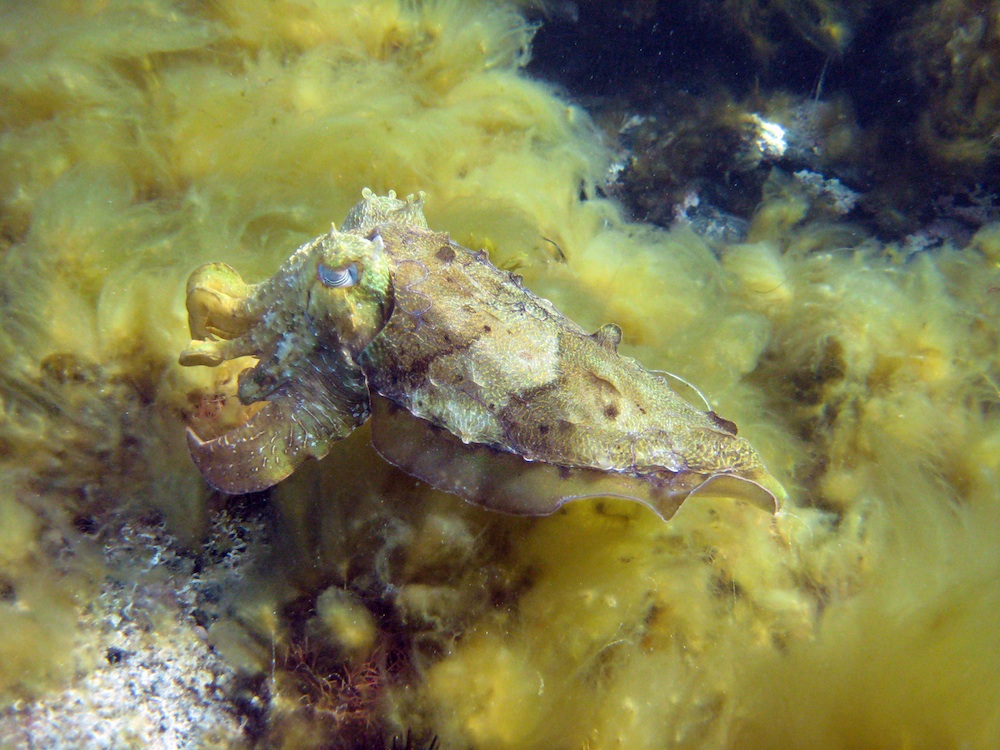
A giant Australian cuttlefish blends in with its surroundings.
Sandy Cuttlefish

A Sepia offcinalis cuttlefish blends into a sandy background.
Cuttlefish Camo
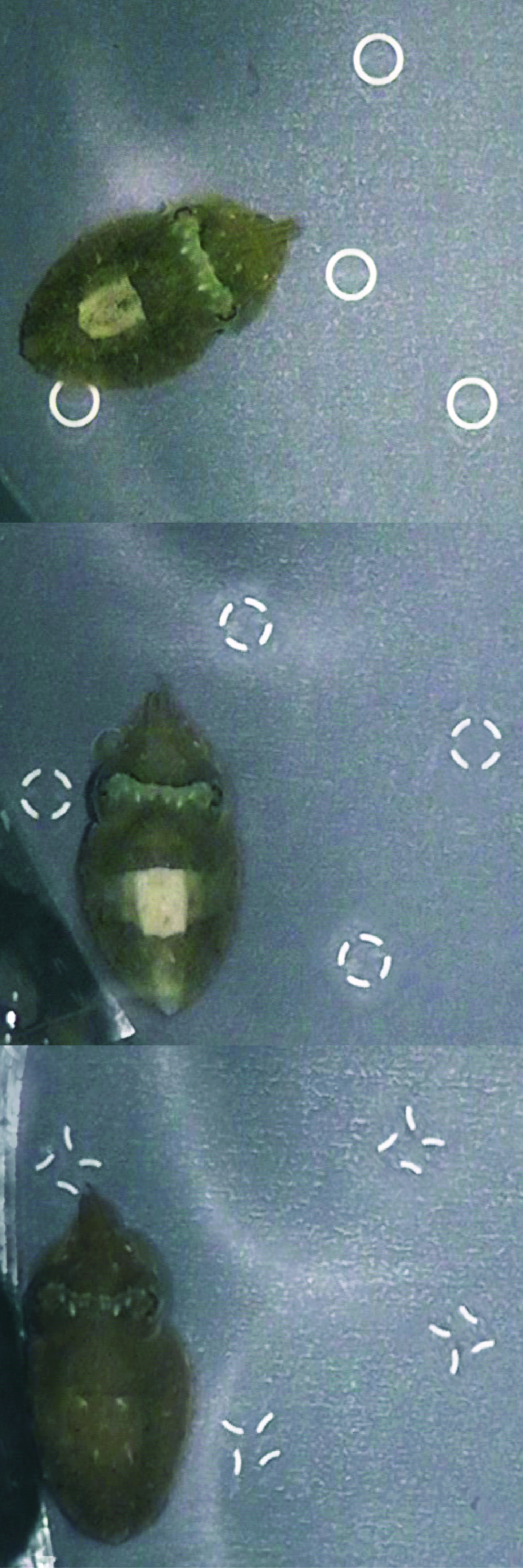
A cuttlefish takes on a "blocky" camouflage pattern on a background of white circles, both complete and incomplete. When the circle fragments are scrambled, the cuttlefish takes on a camo pattern more fitting for small-scale, sandy type backgrounds.
Disruptive Camouflage
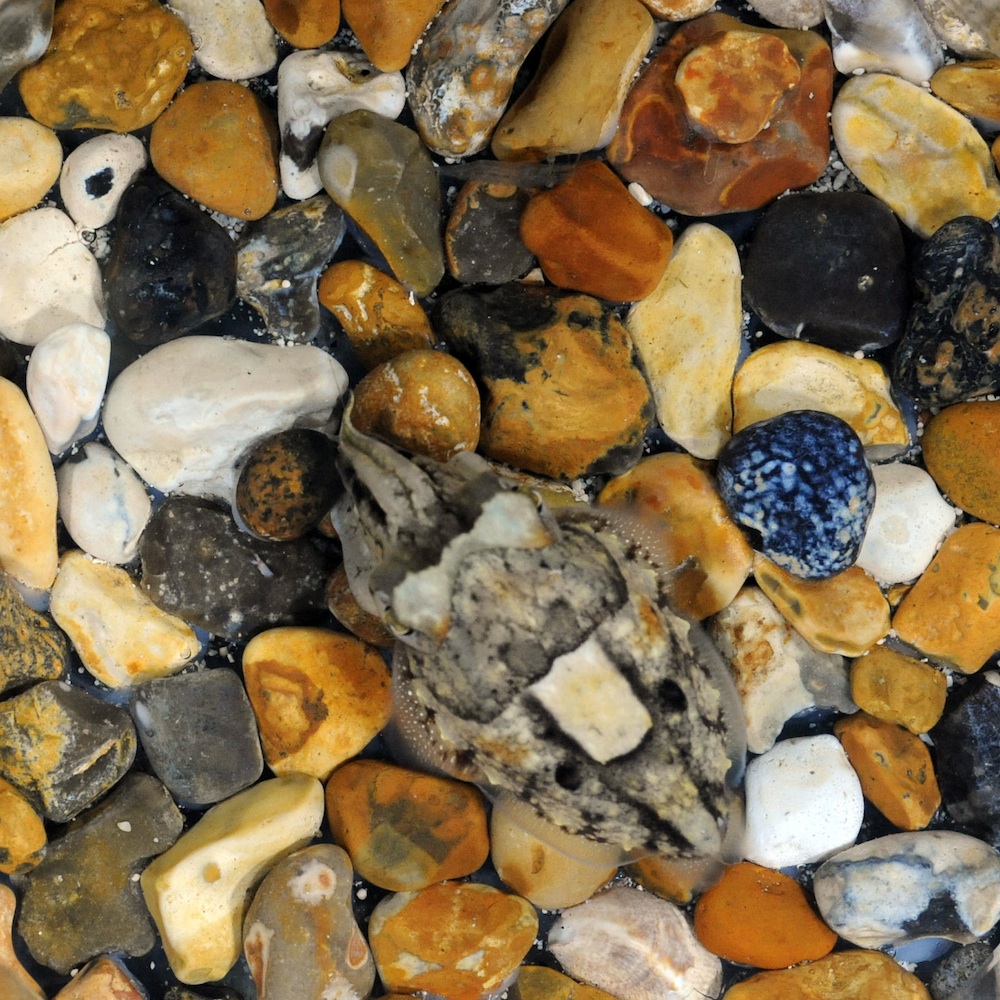
A "disruptive" camouflage pattern used by cuttlefish to blend into "chunky" backgrounds.
Pebble Pattern
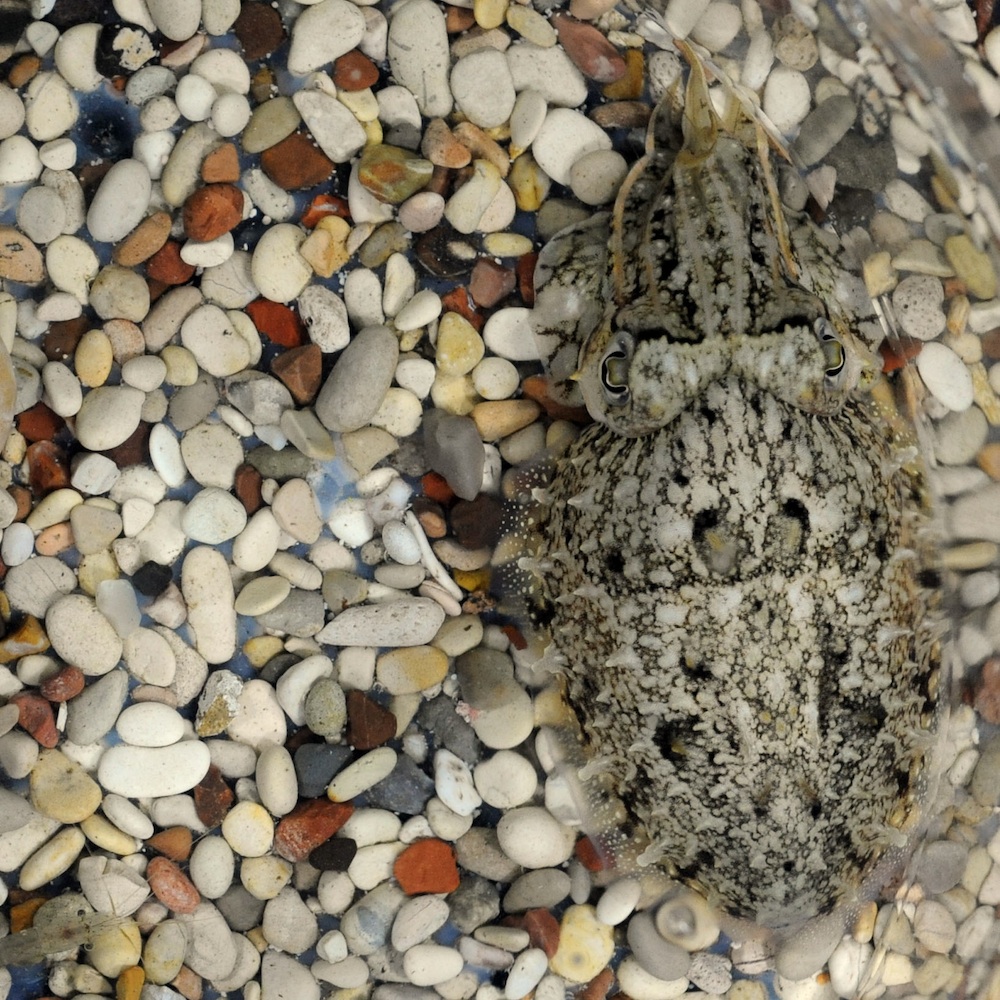
A smaller-scale camouflage pattern for blending into smaller pebbles.
Rainbow Tentacles
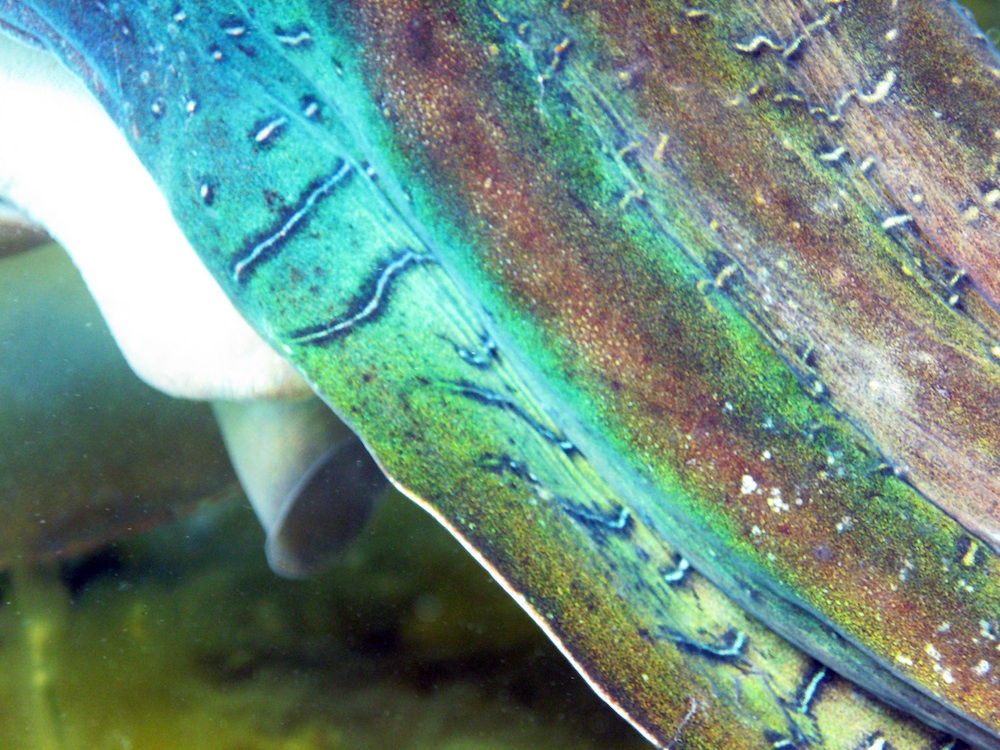
A close-up on the color-changing cells of a giant Australian cuttlefish.
Colorful Camouflage
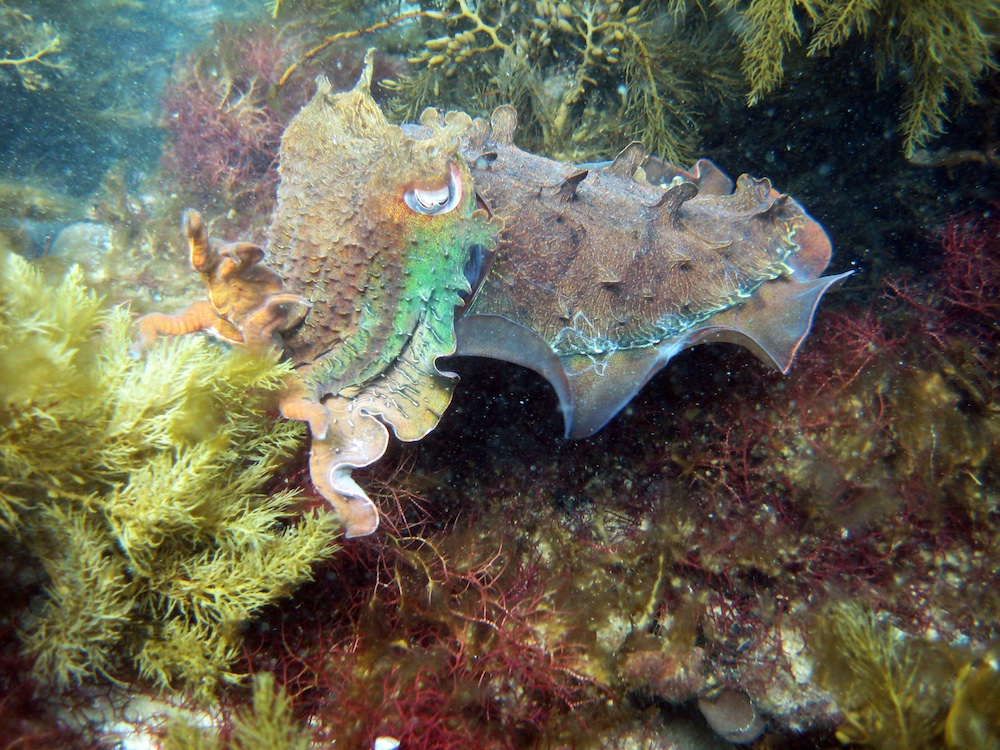
Cuttlefish are colorblind, but their reflective and color-changing cells can match many backgrounds in their environment.
Get the world’s most fascinating discoveries delivered straight to your inbox.
Being Brown
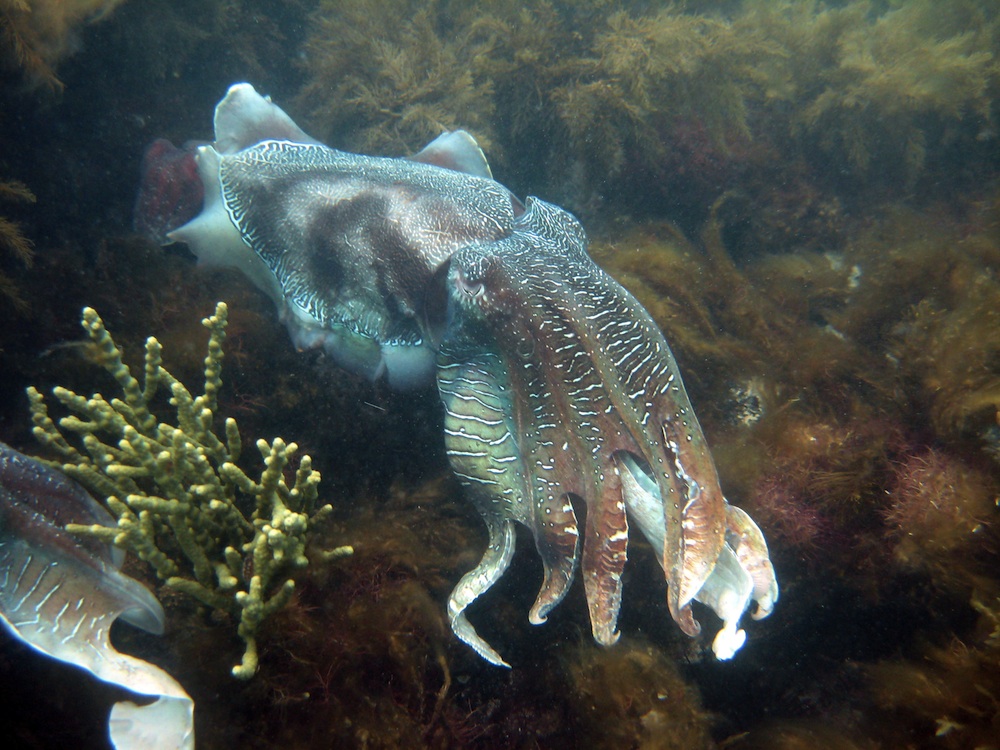
A giant Australian cuttlefish takes on a brownish hue for camouflage.
Blue Around the Edges

A giant Australian cuttlefish hovers above the seafloor.

Stephanie Pappas is a contributing writer for Live Science, covering topics ranging from geoscience to archaeology to the human brain and behavior. She was previously a senior writer for Live Science but is now a freelancer based in Denver, Colorado, and regularly contributes to Scientific American and The Monitor, the monthly magazine of the American Psychological Association. Stephanie received a bachelor's degree in psychology from the University of South Carolina and a graduate certificate in science communication from the University of California, Santa Cruz.


